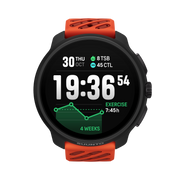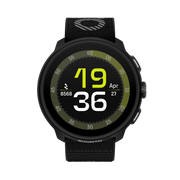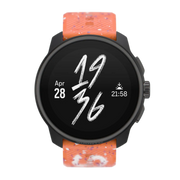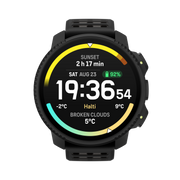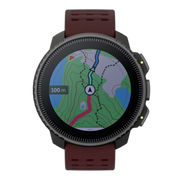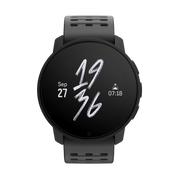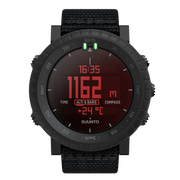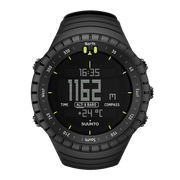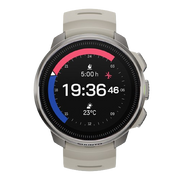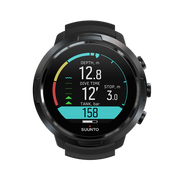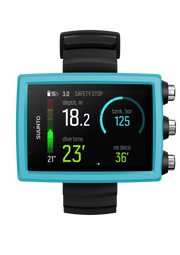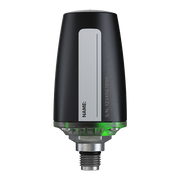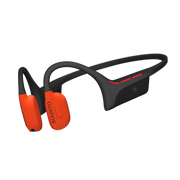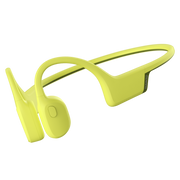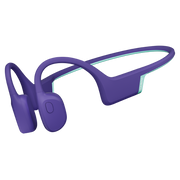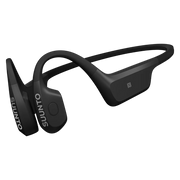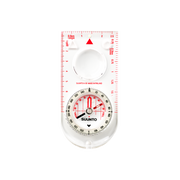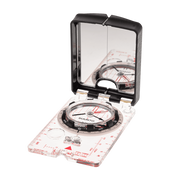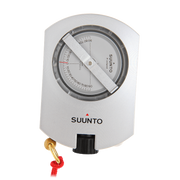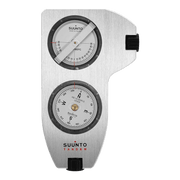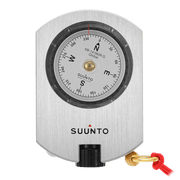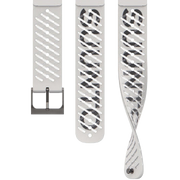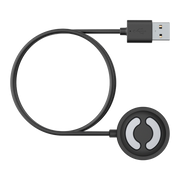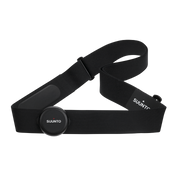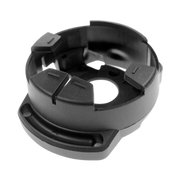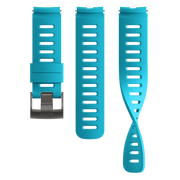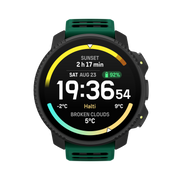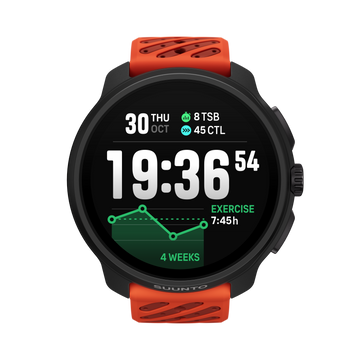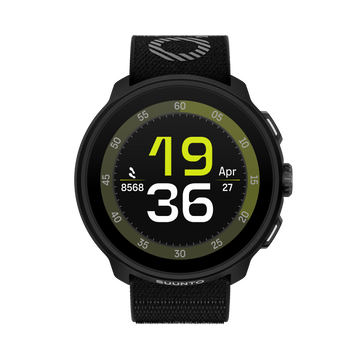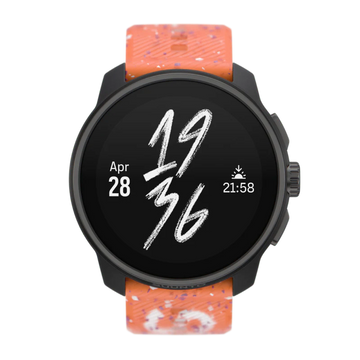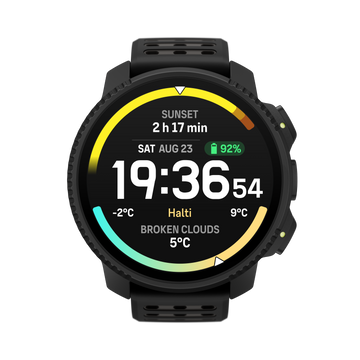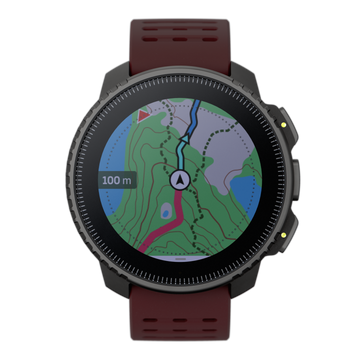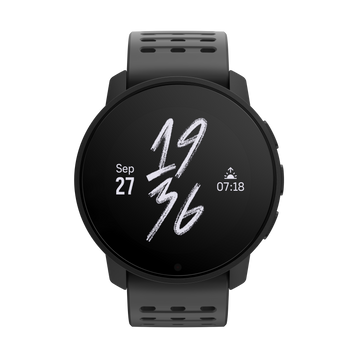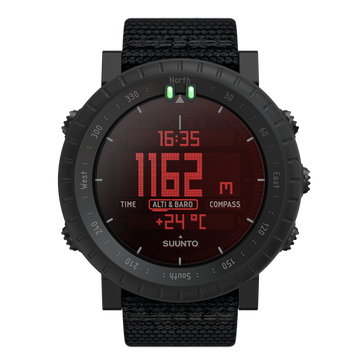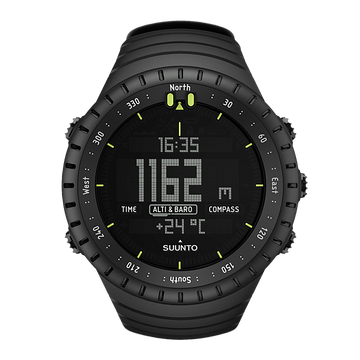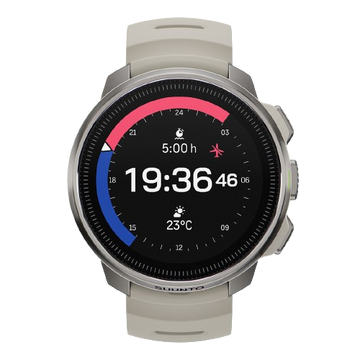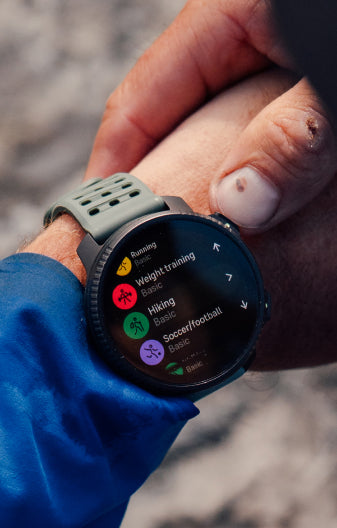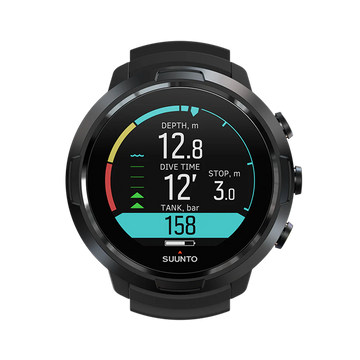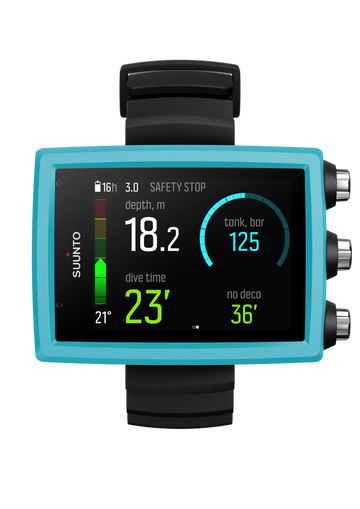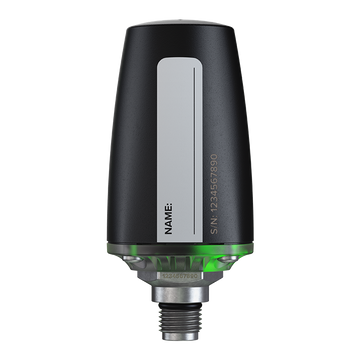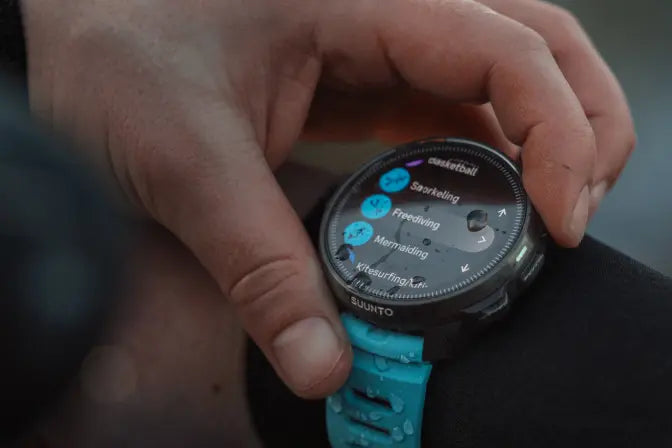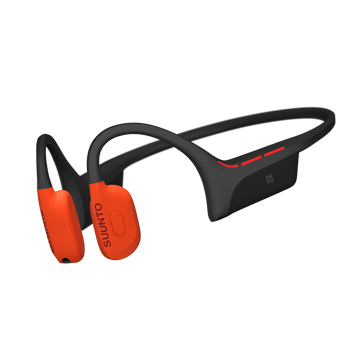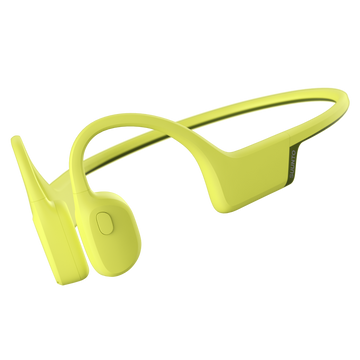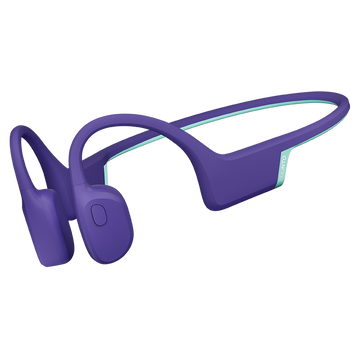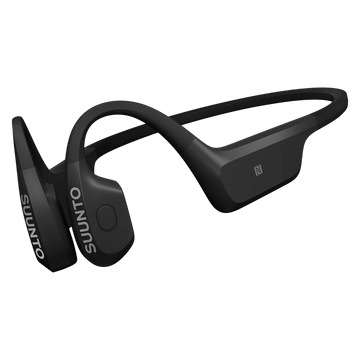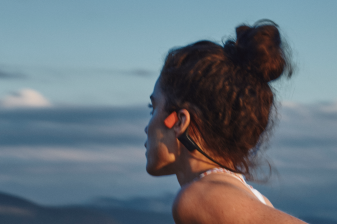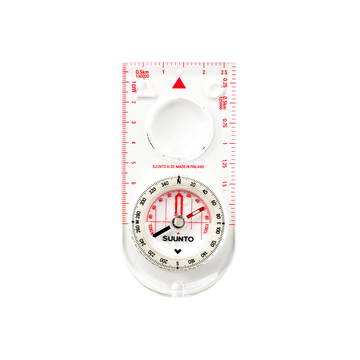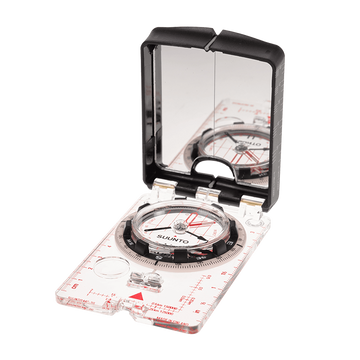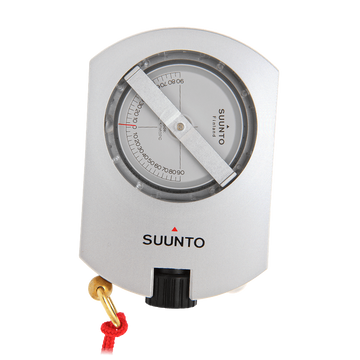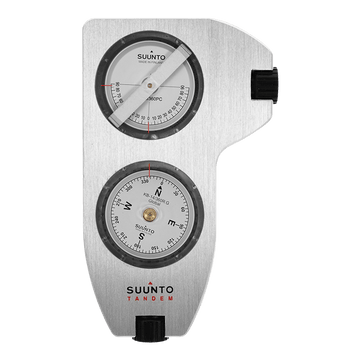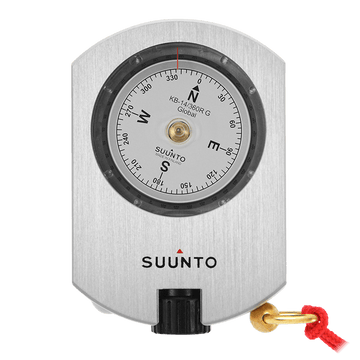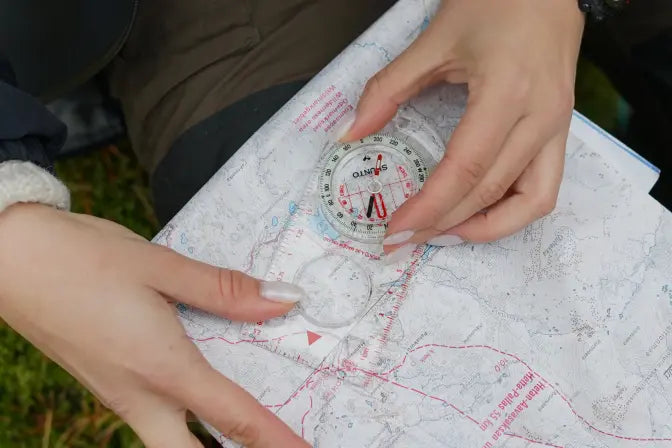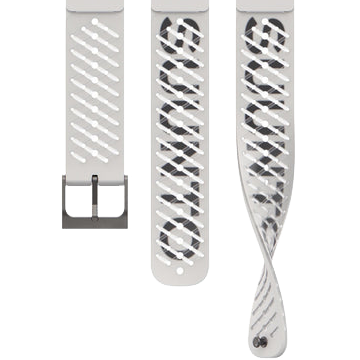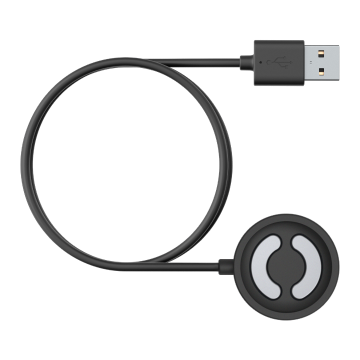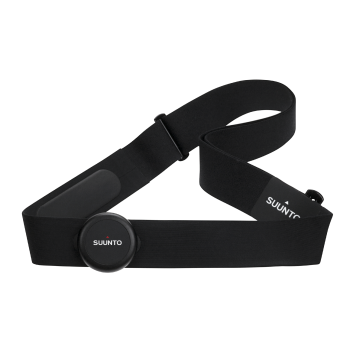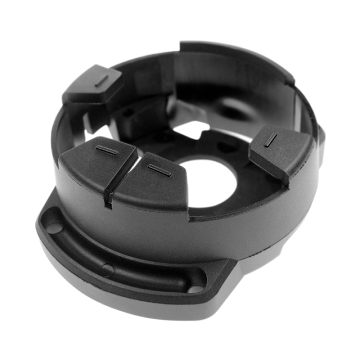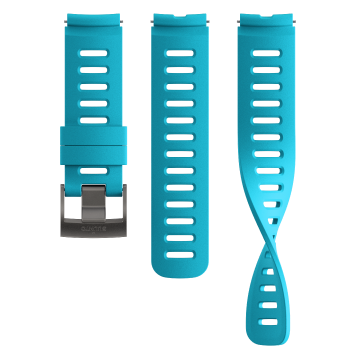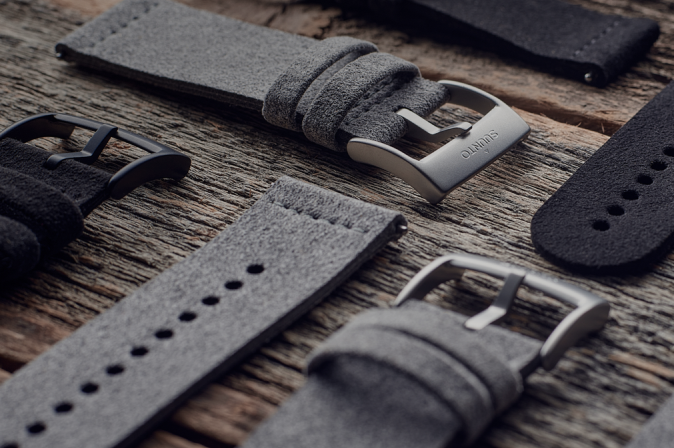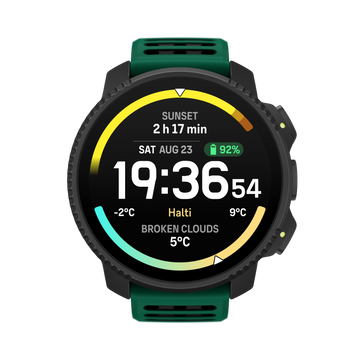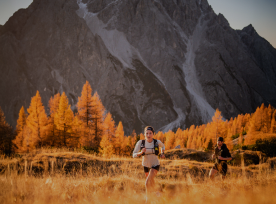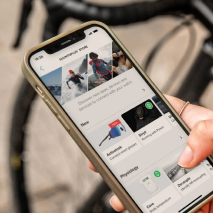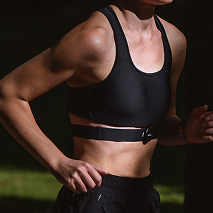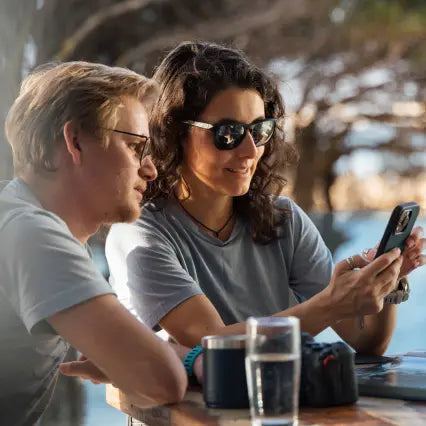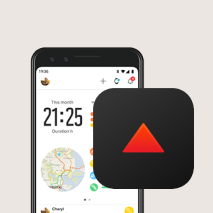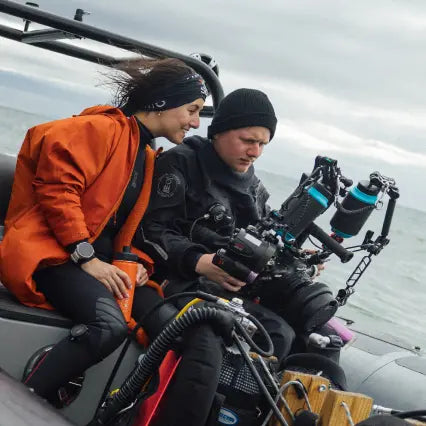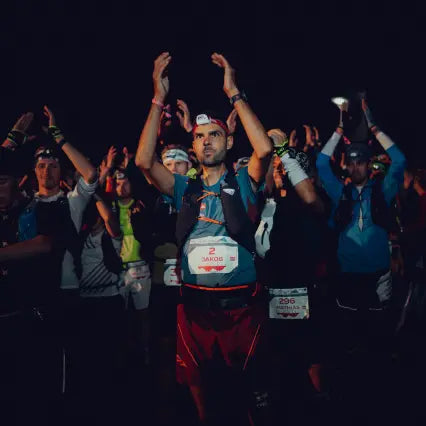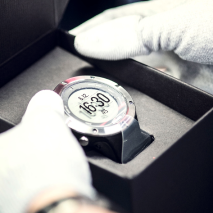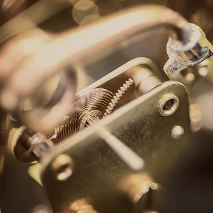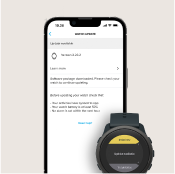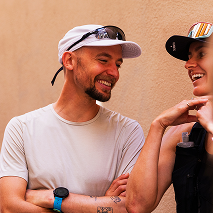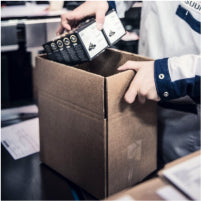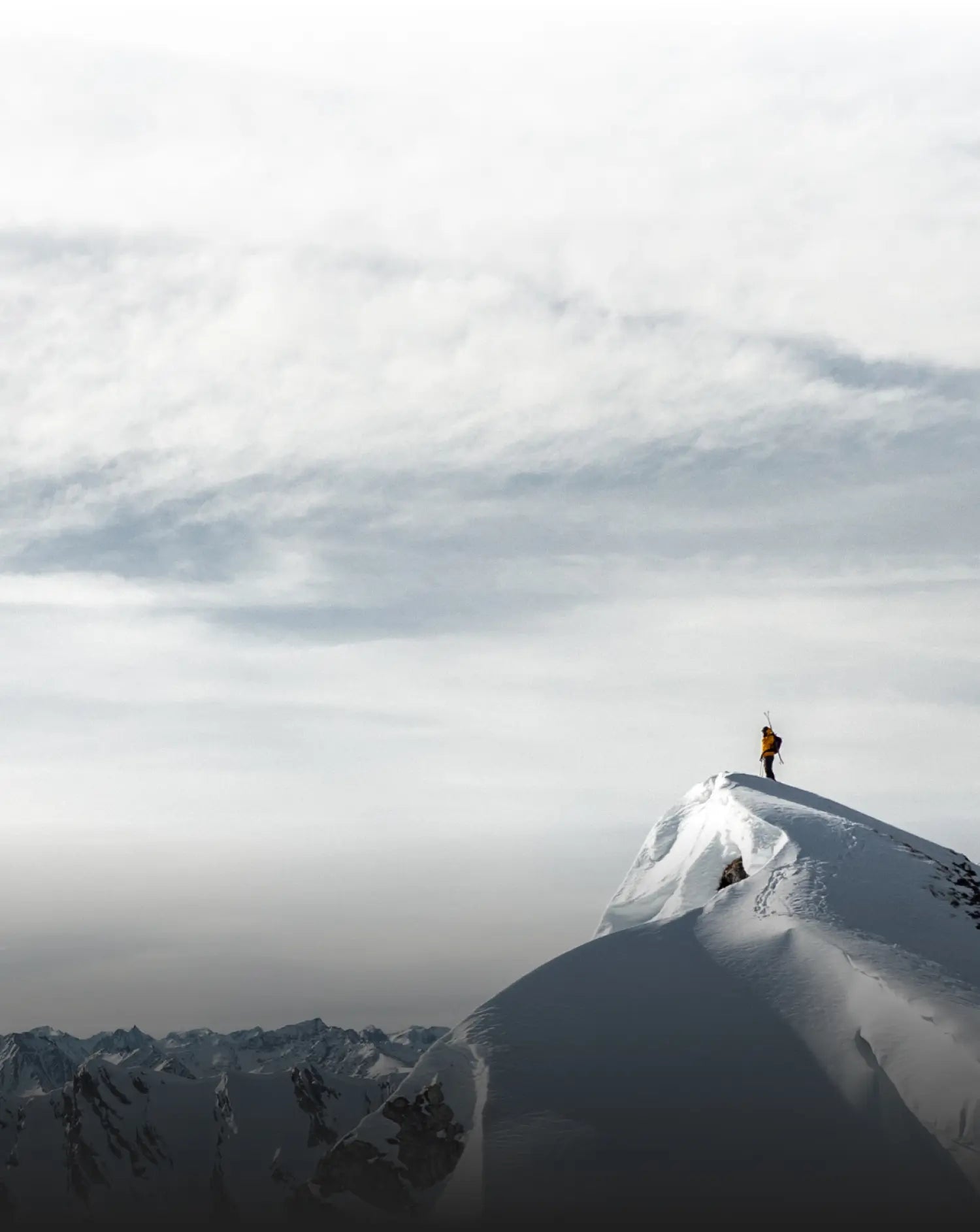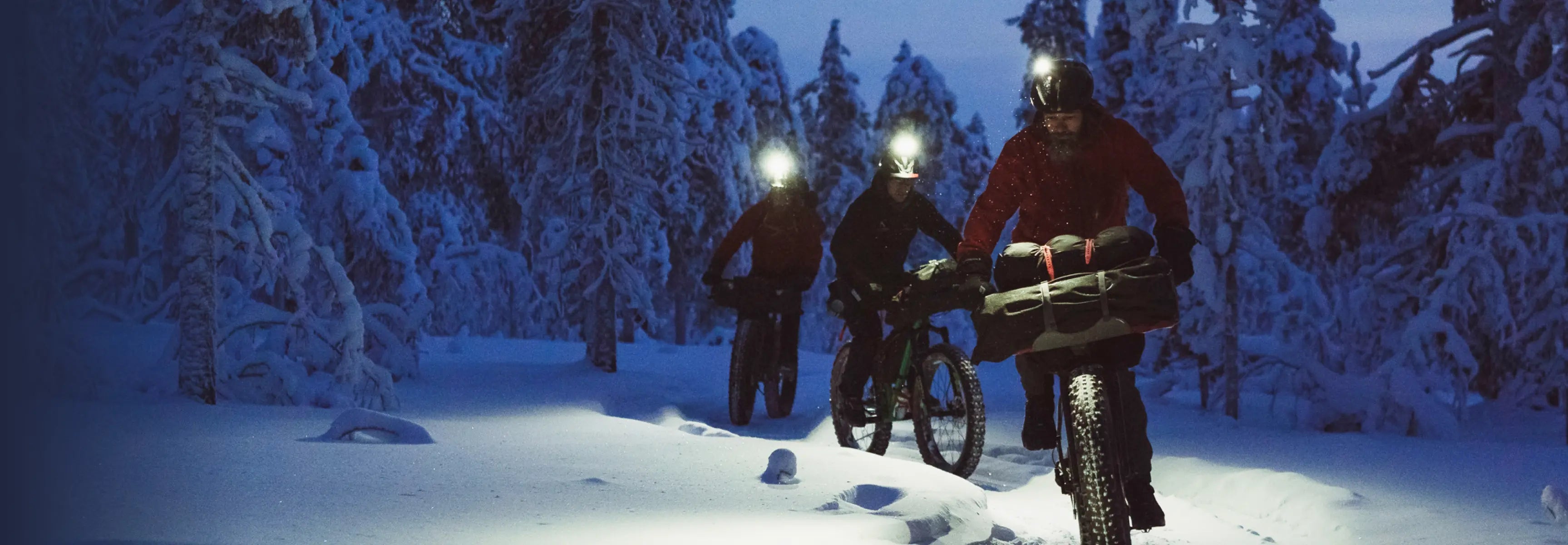
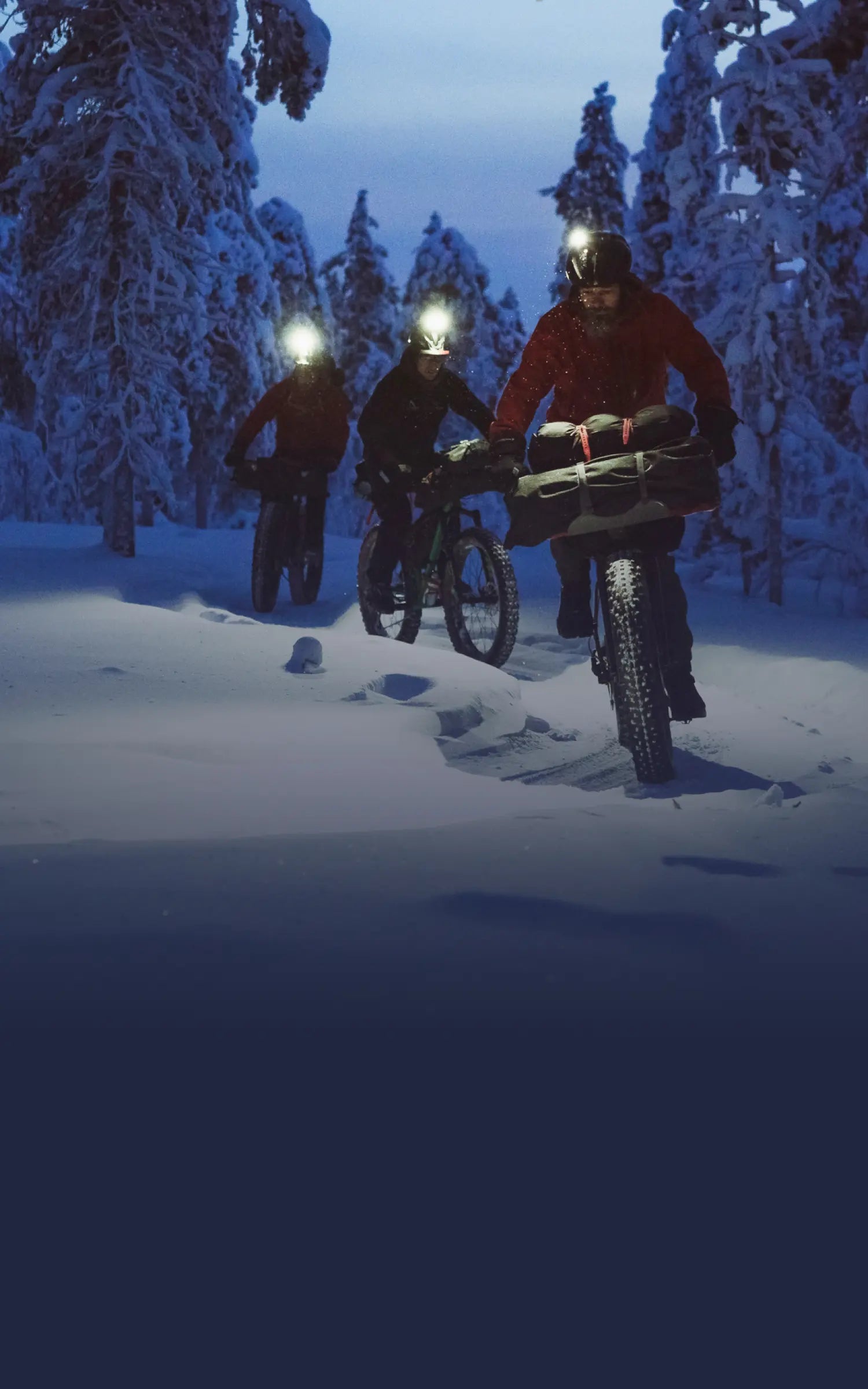
Suunto Blog
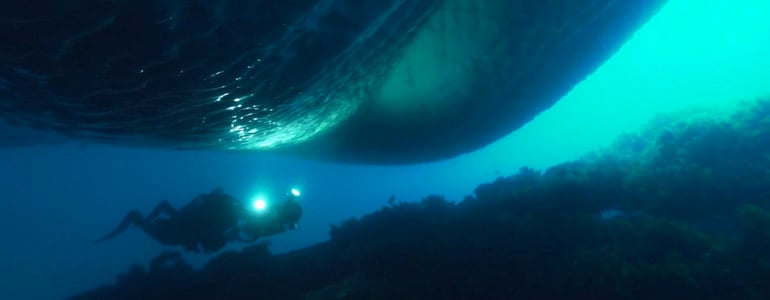
In the footsteps of the Fram
In their latest update, the Under the Pole team share their Arctic adventures, which included a visit to Canada's Ellesmere Island.
“Adventure is full of pleasant surprises and twists,” writes Ghislain Bardout in his latest newsletter. “We stopped in one of the wintering grounds of the Fram, the iconic polar exploration ship [of explorers Nansen and Amundsen]. It was here, alongside a glacier, where an idea emerged: what if we went exploring its underside?”
© Lucas Santucci / Under The Pole. “Ghislain and Martin spend several hours every day to prepare their recyclers and make their gas mixtures. Before getting on the water, the concentration is maximum, misinterpretation or an error can be fatal at these depths.”
“We experienced magical and rare moments,” adds Ghislain. “In the Arctic, a cairn is a hollow that allows leaving messages for future travelers. In an Ellesmere cairn we found a previously undiscovered box containing a message recounting a 1925 expedition.”
The team, who are exploring Greenland's coastline, sailed as far north as they could get before ice blocked their path at 80°23N. “We docked to an ice floe in order to achieve the northernmost scuba dive of the expedition,” continues Ghislain.
© Martin Martin - Lucas Santucci / Under The Pole. Life and light returns after a 100 m dive.
“The second half of August was devoted to finding a wintering place in the Bay of Qaanaaq. After speaking to locals and exploring various sites, the team settled on Uummannaq Bay further south. “Wintering in Uummannaq Bay is also a great happiness for us, since we loved the dives and made good friends there,” adds Ghislain.
www.underthepole.com

Suunto Vertical Blue: the venue that makes it so unique
The location for the Suunto Vertical Blue could not be more conducive to diving deep. Dean's Blue Hole is a natural wonder and is the deepest known blue hole in the world. Situated off Long Island in the Bahamas, it opens up approximately 10 m beneath the surface before plunging to 202 m. “It has a reputation for being the greatest freediving location on the planet,” says multiple record holder and Vertical Blue organiser Will Trubridge. “Its deep, warm and calm waters which are literally a step off the beach, provide the best environment for freedivers to attempt to break national or world records, or just to exceed their own personal bests.
Spectators on the beach. Photo ©zooom.at/Samo Vidic
“Spectators can watch the whole event from the warm Caribbean water, while feasting on local seafood salad that is prepared on the beach,” he adds. “It is an event like no other, not just in freediving, but in all sport.”One of the area's attractions is also its remoteness. Long Island, Bahamas is not as developed as many Caribbean destinations – just getting there is an adventure. Hotels and bars are laid back and you're unlikely to bump into lots of other tourists. In fact, during the nine days of Suunto Vertical Blue, probably every hotel guest will be a fellow freediver, which adds to the familiar atmosphere that makes the event so special. Dean's Blue Hole, the view from 15m. Photo: zooom.at/Agustin Munoz

Suunto EON Steel: tested in the tropics to the Arctic
The Suunto EON Steel was created with the feedback of active divers from all over the world. Among them was our own ambassador Jill Heinerth. In case you don't know Jill, she's a renowned underwater explorer and 2013 recipient of the Sir Christopher Ondaatje Medal for exploration from the Royal Canadian Geographical Society. She's dived inside caves, underneath icebergs and in some deep waters all over the world – the ideal person to put the Suunto EON Steel through its paces. Here's what she had to say about Suunto's new launch: We're guessing you gave it a good testing! I first took the EON Steel to Christmas Island on a unique cave and deep ocean exploration project sponsored by National Geographic. The device was in its earliest form, but I could already understand the potential of the product. I wasn't really supposed to show it to anyone, so I had to quietly hide it in my pocket until we could snap a few photos! I finally had the chance to dive a fully functional device in France when other Suunto Global Distributors got to see it for the first time. The boat was buzzing with excitement form everyone that used it. And you also used in the Arctic right? Later, I took a unit to Newfoundland and on the Sedna Epic Expedition to the Arctic this summer. It was on these trips that I had the full opportunity to appreciate its full potential and functionality. I realize now that I have taken it from the warmest to the coldest conditions on the planet in the last year. I'm never very kind to my gear but it doesn't need to be handled with kid gloves. It is well built and simply works!
Jill Heinerth tested the Suunto EON Steel in both warm and cold climates. ©Jill Heinerth
What was the feedback you gave Suunto?What I saw in the Suunto EON was far beyond a typical diving computer. The EON is capable of taking a diver from their first dives, through technical and eventually CCR diving. The beauty is that the diver can customize their display and won't be mired in unnecessary features that they are not ready to use. As they progress, they can move to new modes of diving and use additional features. Furthermore, I envision the EON as more of a platform than a singular device that will need to be replaced. How do you like the product?I love the quality build and easy readability of the EON. I also love being able to plug it in for recharge or downloading.How is it different to previous dive computers you've used. The EON feels fully modern and fresh – more like my iPhone than a tired old diving computer display that looks like a relic of Windows 98. The EON interface is simple and intuitive and although it came with excellent instructions, there was no need to refer to them. The three button operation was obvious and features were easily found and activated. The audible alerts are also intuitive with unique, well designed sounds that make sense. The alarms alone can guide the diver to correct their behavior. Anything else? I was using the EON with a cave survey class recently and should add that the compass feature on the computer is extremely easy to access, very accurate and quick to respond. This feature can be used easily without losing other critical display information.
Jill Heinerth is a Suunto ambassador. Discover more about her exploits and photography here.
All images ©Jill Heinerth

Infographic: What happens when you go deep?
What happens to the body when you go deep? This infographic explains some of the physiological changes that the body goes through on a dive. But one thing it can't explain – and that's the feeling.
Says Will Trubridge: “I love freediving because it's an opportunity to escape from gravity, sound, light (if you go deep) and even the sensation of time passing. A deep freedive can be like a dream, in that all the rules of reality seem changed.”
Dive in below to discover more about the sport, the physiology and the different disciplines...
infographic created by: zooom.at/Adi Sumic
The Dive Reflex
It is often said that humans are perfectly adapted for diving underwater thanks to the 'mammalian or dive reflex' – something we share with other aquatic mammals such as whales and dolphins. The main feature of this is the way the heart rate automatically slows once the face is submerged in water to reduce oxygen consumption. The dive reflex kicks in again after approximately 25 m: the heart rate slows by as much as 50% and vasoconstriction takes place. This is where warm blood retreats from the body's extremities to protect core organs.
At this depth most divers can stop swimming. “Here I have lost enough buoyancy from lung shrinkage under pressure that I can stop swimming and freefall for the rest of the descent,” says Will.
Freediving Disciplines:
There are three main depth disciplines in competition freediving: Constant Weight No Fins (CNF): The freediver descends and ascends without any assistance (only using arms and legs without fins).Constant Weight with Fins (CWT): The freediver descends and ascends using fins/monofin and the use of arms.Free Immersion (FIM): The freediver dives without the use of fins/monofin, but pulls a rope during descent and ascent.Says Trubridge: “CNF and CWT are the two most popular disciplines. CWT gives the deepest performances, while CNF is seen as the purest expression of human aquatic potential. FIM is more of a relaxed discipline, but there are definitely some very serious practitioners there as well!”

Top freedivers prepare for Suunto Vertical Blue 2014
Freediving is a sport that pushes the limits of human possibility. Divers descend to incredible depths of the ocean – all in a single breath. From November 27th to December 5th, the world’s top freedivers will gather in the Bahamas for one of the largest freediving competitions – the Suunto Vertical Blue. Founded and organized by record-breaking freediver William Trubridge, the invitational competition will see 35 divers from 19 countries compete at Dean’s Blue Hole in the Bahamas. Plunging to a depth of more than 200 meters, Dean’s Blue Hole has a reputation for being one of the greatest freediving locations on the planet. Its deep, warm and calm waters provide freedivers with the perfect environment to attempt to break national and world records, or exceed their own personal bests.
This year, Alexey Molchanov and William Trubridge will renew a rivalry that has intensified over the last couple of years. Between them they hold the current world records in the sport’s most popular depth disciplines. Trubridge is looking to improve on his world record 2010 CNF dive to 101 m. “It's the purest discipline,” he says.As for the ladies, the competition between Misuzu "Mimi" Okamoto and Tomoka Fukuda will be one to watch – they were both on the Japanese national team along with Hanako Rose – who took gold at this year's World Championships in Italy.
Says organizer William Trubridge: “This year's Suunto Vertical Blue promises to be another gripping event. The beauty of the event is that every athlete gets up to six attempts, so they can build up to huge performances and record attempts, or try to consolidate across all three disciplines for the overall prize. This is a recipe for nail-biting finishes and monster performances in the world's best freediving location.”Says Joan Sola, global sports and community marketing manager for Suunto: “We are pleased once again to be a partner of Suunto Vertical Blue, which brings together the world's top freedivers. Whether pushing the boundaries of human possibility or their own potential, it is an amazing festival of freediving. Suunto has worked with William for a number of years and we are proud to support him in his many record-breaking dives.”
We will be updating these pages regularly with the latest news from Dean's Blue Hole. You can also follow live on the official Vertical Blue Facebook page.
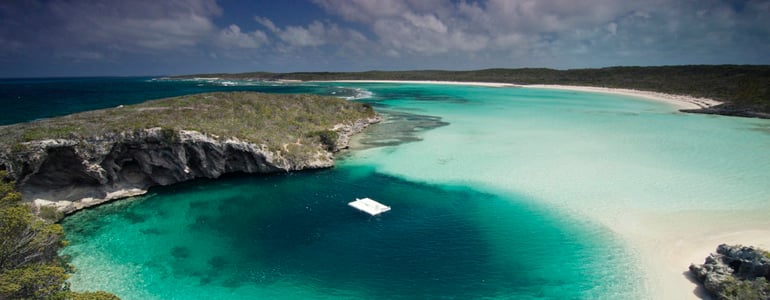
Record breaking first day at Suunto Vertical Blue
On just the first day of Suunto Vertical Blue seven freediving records were set!
Here is a peek at the South American record set by Carlos Coste of Venezuela (64m CNF), along with national records by Mateusz Malina of Poland (113m FIM), and Samo Jeranko of Slovenia (102m CWT). Enjoy!
